Introduction
Our world only exists to us through our perceptions, curated by our brains. But our brains are merely computers and they cannot show us more than they have been evolved to show us. There are countless more colors than we can perceive, for instance, with our mere three-cone eyes. “Bats can hear shapes. Plants can eat light. Bees can dance maps.” We are only human, really nothing more than a very fancy bundle of cells. We are, in some sense, prisoner to what our brains can decipher for us.
The View-Master knows how to work with our brains to trick us, to Master our vision, to make something simply two-dimensional into something magical. A simple device, really, it operates based on our binocular vision. Our eyes, being in two slightly different positions, give our brain two different sets of stimuli it must sort out into one image. This is how we perceive depth perception. A View-Master takes two 2D images and forces our brain to stitch them together into one 3D image.
Our understanding of things is not unlike this. The View-Master has a history made up of 2D slices throughout time, and when we place them in context with themselves, we can get a 3D understanding of the device that can shift our perceptions and create a better understanding of this technology and how it pertains to us and our understanding of the world, and maybe also a better understanding of technology in general and both how we relate to it as well as to how it shapes our perceptions of the world around us.
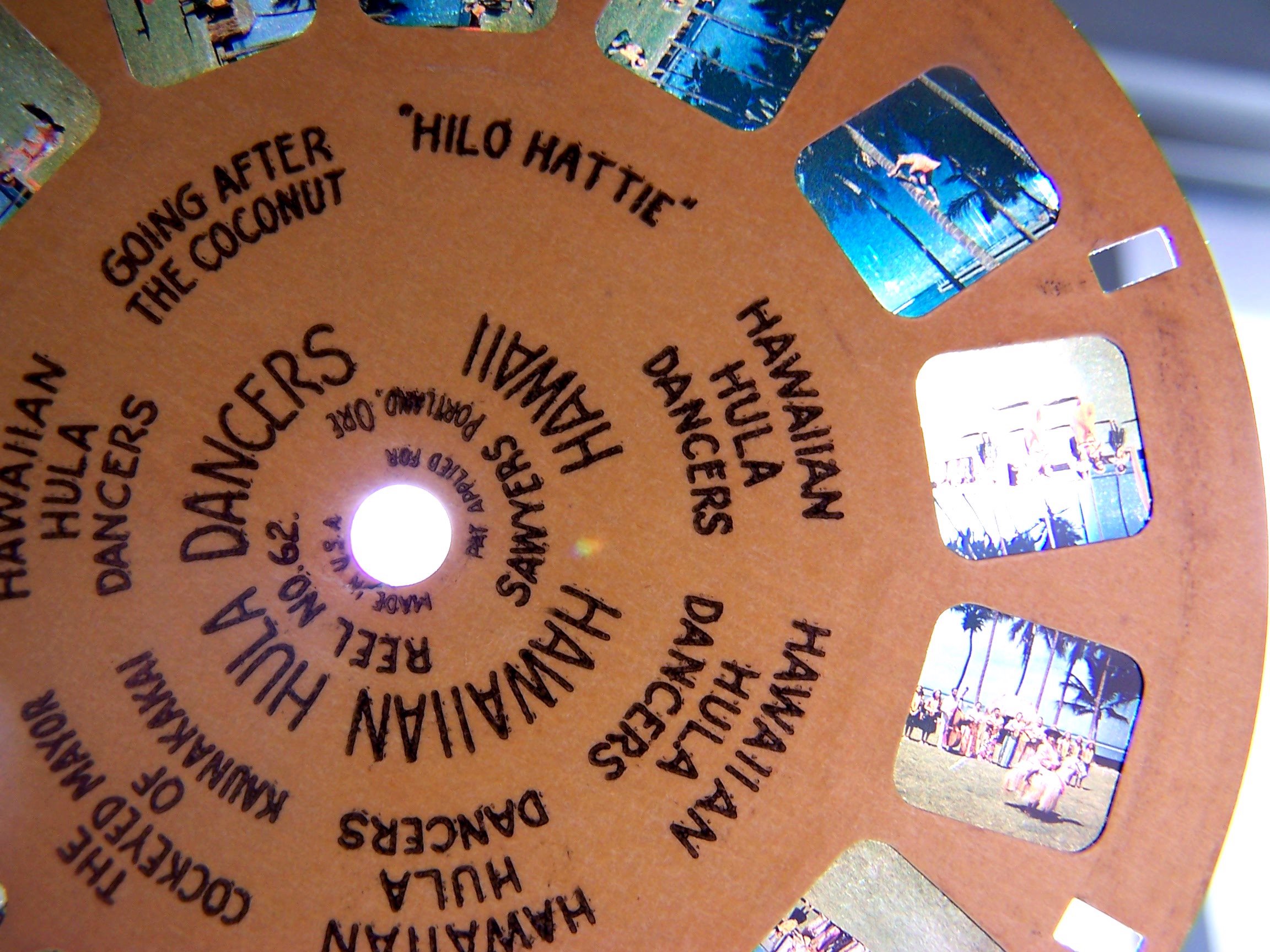
In the introduction to their book on media archaeology, Erkki Huhtamo and Jussi Parikka write that “media archaeologists have begun to construct alternate histories of suppressed, neglected, and forgotten media that do not point teleologically to the present media-cultural condition as their ‘perfection.'” This is what this essay is about: to dig into the history of the forgotten View-Master and to examine what is excavated. To learn about the contexts surrounding its creation and usage, and to extrapolate from the findings what can be learned about technology and its uses, but also what we can learn about the human experience. Because, as it turns out, there are some very “human-ish” elements to the story of the View-Master which should not be forgotten or erased, but which it is hard to know, exactly, what to do with, particularly in the context of an excavation of technology which we tend to avoid associating with the humanities. But the fact is that everything we do in technology is for the advancement of our species and that makes it extremely relevant to consider all interconnected aspects of this device.
The View-Master itself makes an excellent analogy for this concept because it is all about what our minds perceive versus what we are actually looking at. It is time, then, to dig into this project and to be ready to perceive new things, in 3D, despite what we have believed we have been seeing up until this point.
Origins
A chance meeting by two men in a cave in Oregon in 1938 led to the first 20th Century virtual reality trend, but it was merely a midway mark of the technology’s long past.
Exactly 100 years before, a man named Charles Wheatstone, a British scientist, created a device to explain how stereoscopic binocular vision works in humans. His device was a tabletop one which used mirrors and relied on two drawings, nearly identical, but from slightly different perspectives. The drawings were, of course, two-dimensional, but when viewed through the device, they appeared in 3D.
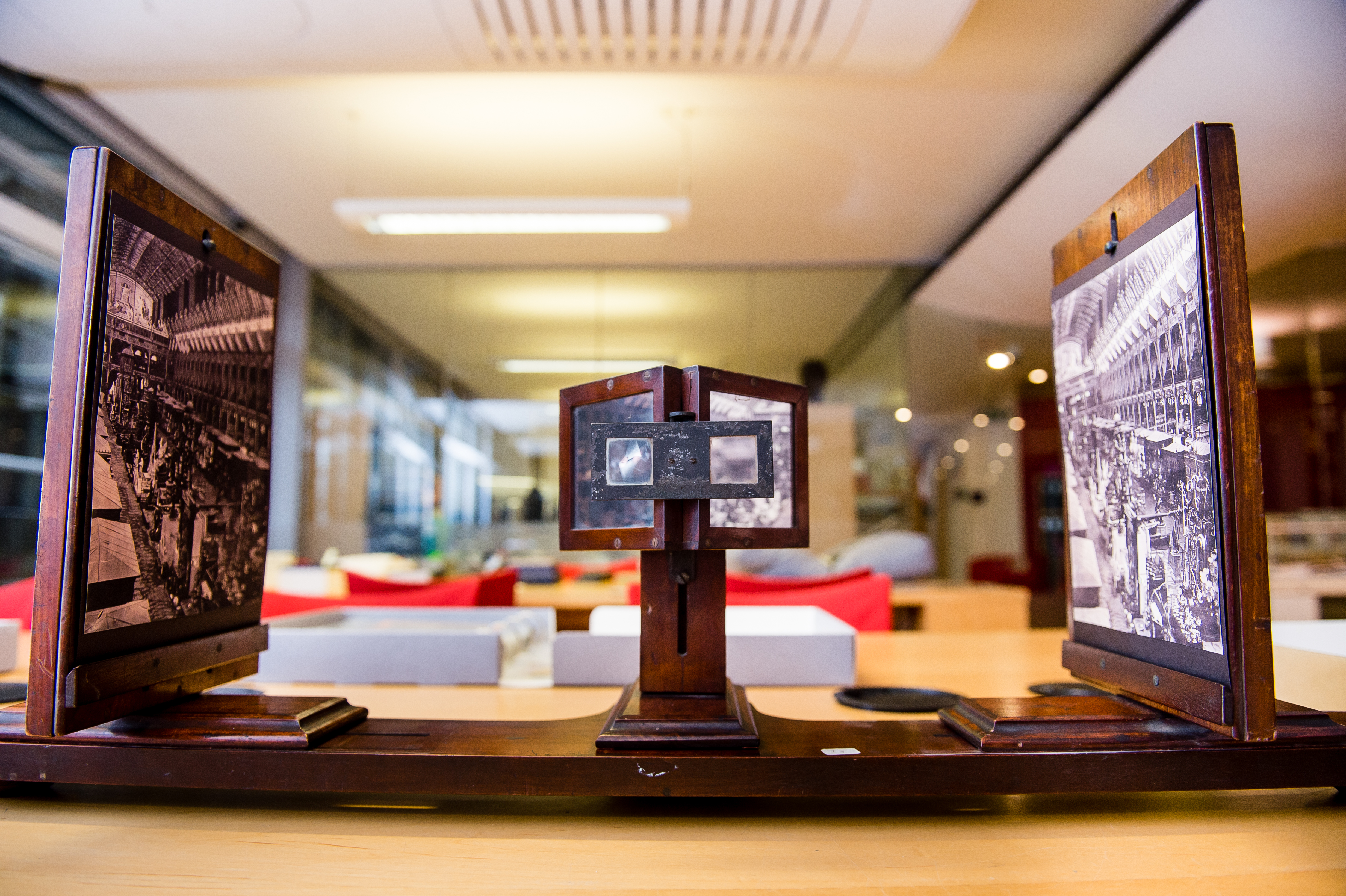
The first effect of looking at a good photograph through the stereoscope is a surprise such as no painting ever produced. The mind feels its way into the very depths of the picture. The scraggy branches of a tree in the foreground run out at us as if they would scratch our eyes out. Oliver Wendell Holmes, 1859
A handheld stereoscope was designed about a decade later by David Brewster and, fueled by the recent emergence of photography, the stereoscope became another major trend of the Victorian era. American doctor and author Oliver Wendell Holmes created his own version of it and chose not to patent it with the desire that more people would be able to appreciate this innovative new technology. It worked and thousands of devices were made.
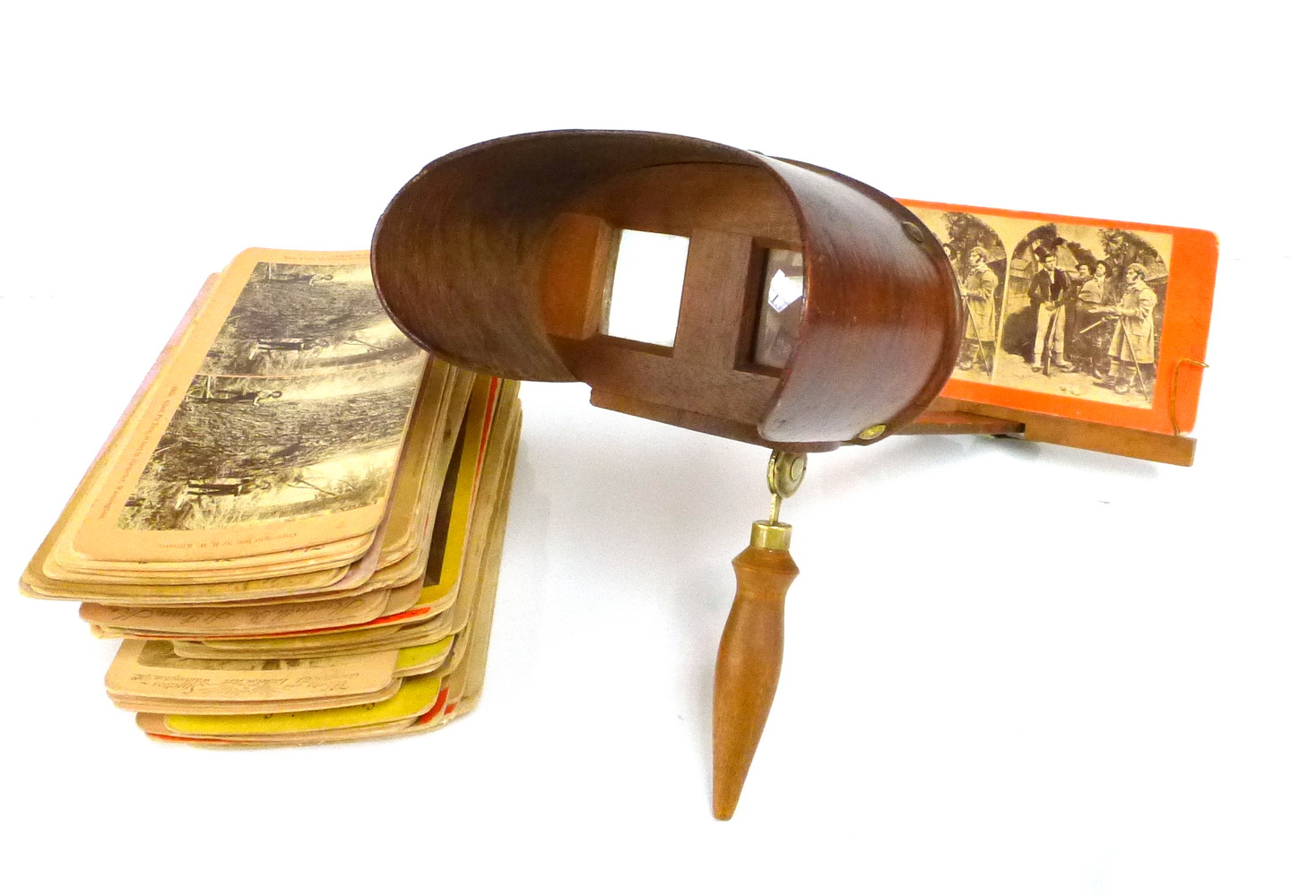
“The technology was picked up by astronomers for scientific reasons and by educators to help teach children, among other scholarly uses. This was about more than education. It was about forging a new style of cognition and behavior. The science of psychology was new, and proponents believed that children’s mental apparatuses were trainable with rigorous practice. Studying 3-D scenes, the experts argued, would help sharpen children’s attention. ‘Educators would always describe kids as chaotic and unfocused,’ says Meredith Bak, an assistant professor of childhood studies at Rutgers University. ‘There was this idea that you had to train kids how to look,’ by giving them an ‘object lesson’ to closely study. The stereograph seemed to fit the bill perfectly: By sealing off a student’s vision, it removed the distractions of spitball-tossing classmates and sealed the child into quiet contemplation” (Thompson).
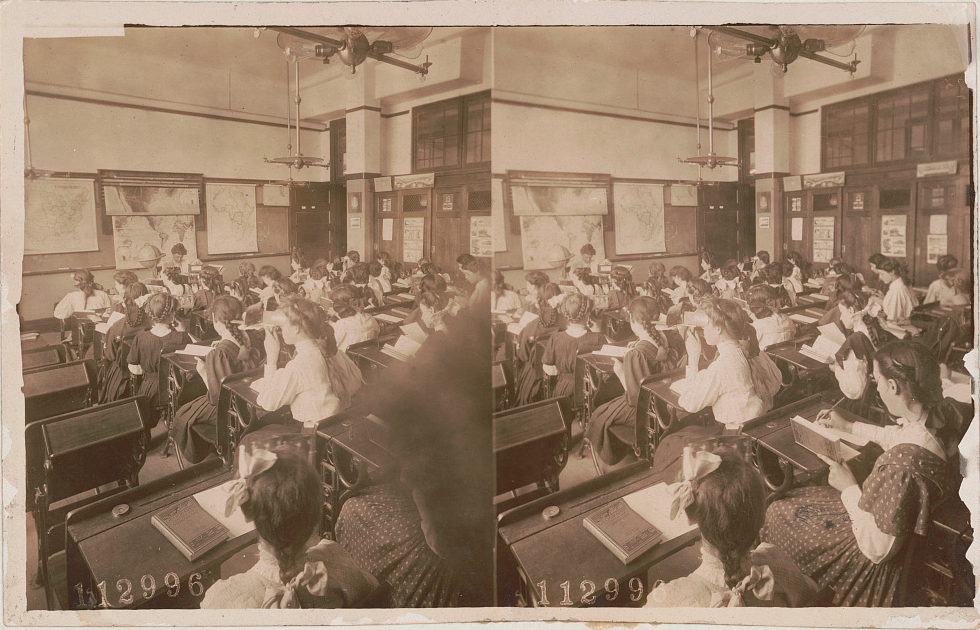
Eventually the craze faded and VR technology waited in the darkness of the human imagination for the next idea.
Which brings us back to the Oregon caves in 1938. And here is where the story gets weird.
The Nazi, the FBI, and the View-Master
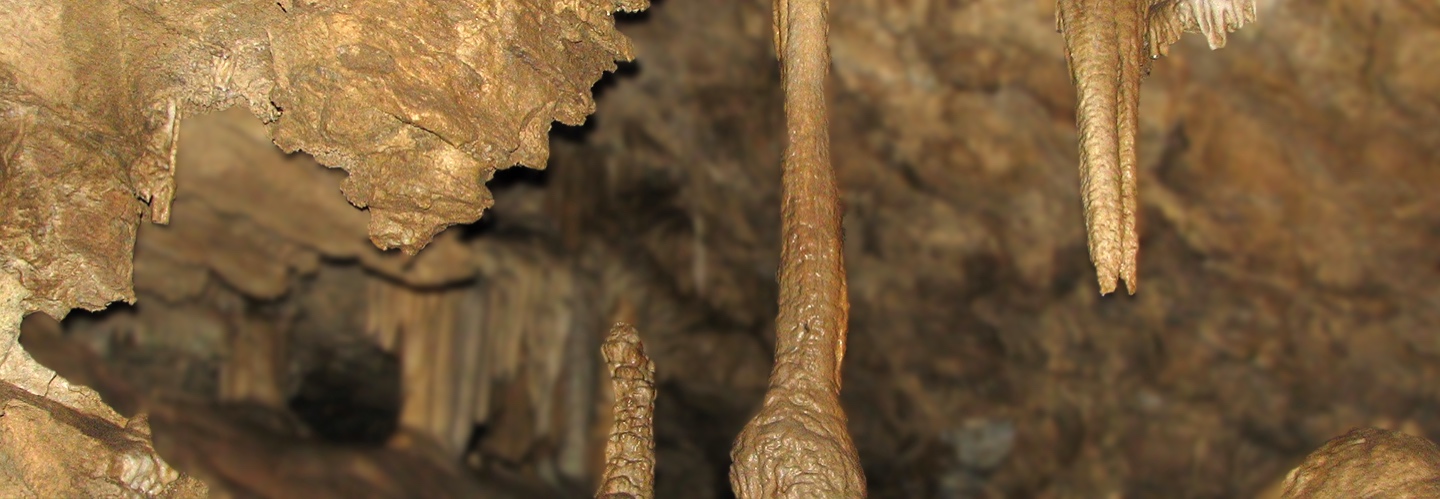
William Gruber, a German-born man living in the US, had combined the idea of the stereoscope with the technology of photography and created a new type of viewer. He was out in the Oregon Caves photographing their strange formations with a special camera he’d created by fixing two Kodak Bantam Specials onto one tripod. Harold Graves, an employee of Sawyer’s Postcard Company found Gruber’s setup intriguing and, once he understood what Gruber was doing, he saw the potential for Sawyer’s to work with Gruber on making the device marketable. It debuted at the World’s Fair the following year as the View-Master.
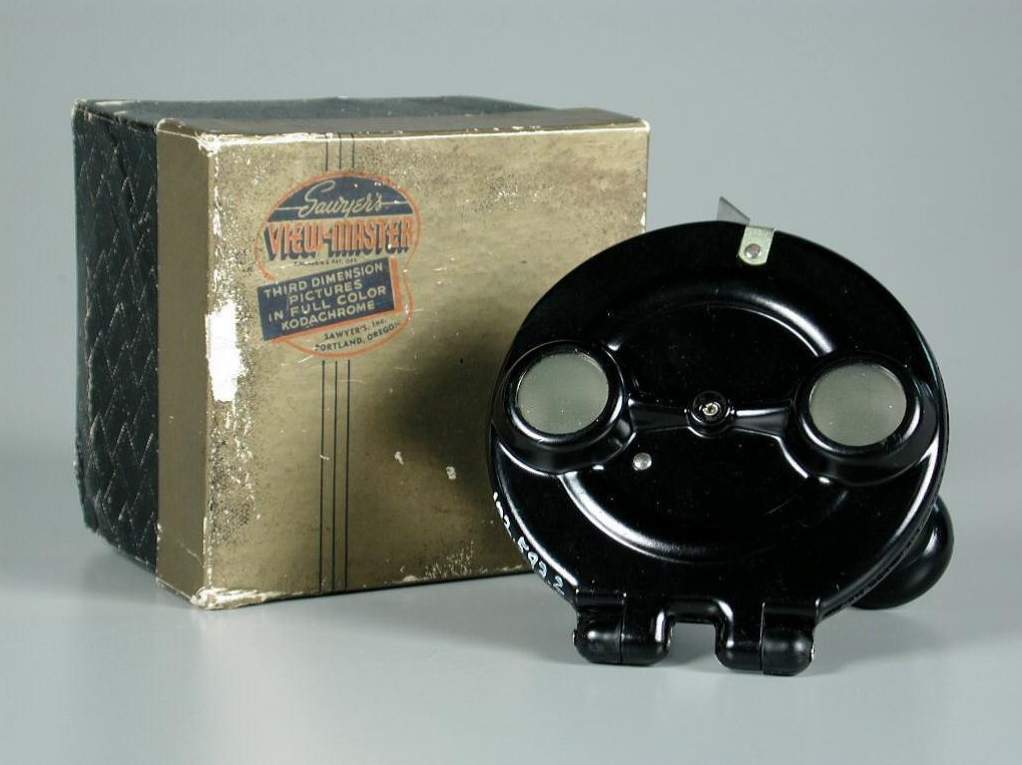
Things got tricky rather quickly. In the absence of an American company able to manufacture the lenses for the viewers, Gruber suggested a German company he knew of. However, trade embargoes in the years leading up to US involvement in WWII ultimately made the deal with the German company fall through and they returned Gruber’s money.
Which the FBI noticed.
A German-born man receiving funds from Germany suggested potential spy activity and, while this wasn’t the case with Gruber, he was a member of the Nazi Party since shortly after it’s inception and he supported Hitler. It is said that after the war, once the world was able to see the extent of the Nazi atrocities, he recanted his former position, although, admittedly, the Nazi agenda to begin with is difficult to forgive so this leaves us to muddle through a complicated and messy history of a beloved toy. Most things in our world have complicated and messy histories, the important thing is to be able to hold both at once – to not allow our shame to shape our perceptions to the point that we erase the ugly so that we can more fully enjoy the pretty. That would be a false perception and therefore dangerous.
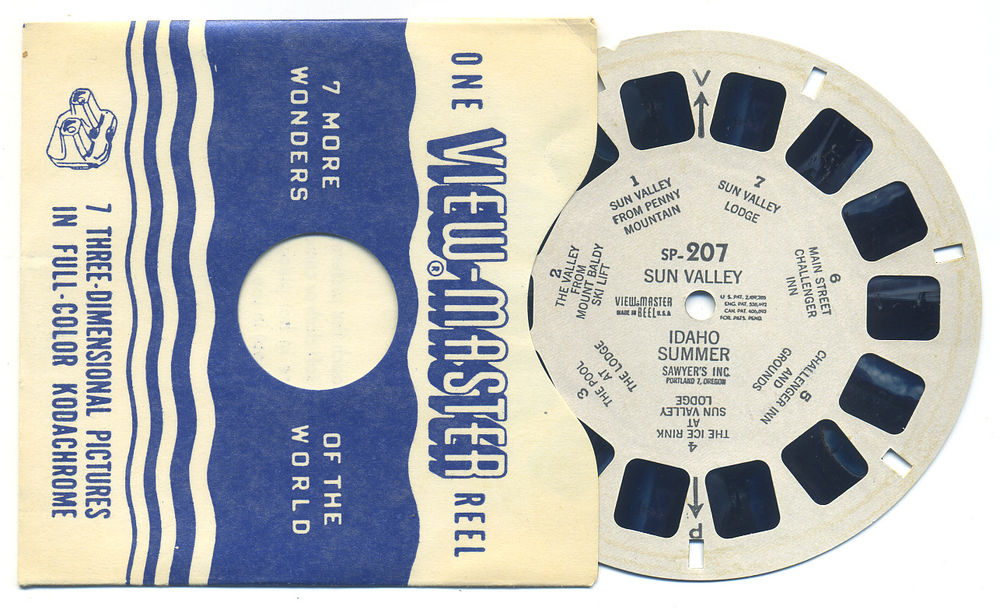
Gruber was exiled to Idaho with serious potential legal ramifications, but his work with Sawyer’s and with Graves did not stop. He communicated by letters to help keep the project on its path, and the government occasionally allowed him trips to Portland to oversee certain aspects of the work.
This seems strange for a man accused of espionage. But, as it turns out, the US had interest in the project as well. They felt it could be used in military training and they had more than 6 million reels of aircraft and ammunition created for identification training.

After the war, the soldiers came home and brought their fascination of the View-Master along with them and Sawyer’s original hope of selling a new postcard-type souvenir was fulfilled. The trend extended to the children of the Baby Boom as well and many children’s reels were made of Walt Disney films or other childhood stories.

The trend was such a success that View-Master even made their own camera so that families could have reels made of their own vacations, holidays, and lives, bringing control of the view into their homes and hands.
But wait, there's more!
That whole Nazi thing wasn’t the last of View-Master’s troubles. In 2001, after a half century of operations, they finally shut down their Beaverton, Oregon factory amid controversy of health conditions; it was found that there was more than 320 times the legal limit of a toxic degreaser in the well water the employees drank. The company had disposed of the degreaser for more than 30 years by dumping it into the grounds around the plant. Out of 633, more than 200 employees self-reported diagnoses of cancer.

The View-Master craze has, like the stereoscopes before it, died down. But these things tend to become exciting to a new generation; as more modern technologies become standard the old become kitsch and cool all over again. Perhaps View-Master cannot fully compete with Oculus Rift or HTC Vive, but they have iPhone apps which work with Google Cardboard (or their own product).
The app is fun and mildly educational, but lacks depth in terms of information provided as well as what you can do with it. In a sense, it’s more complex. Using modern technology allows it to become a wider 3D image. But the lower-tech View-Master and even Victorian stereoscopes created an image that felt magical whereas these new View-Master apps seem like little more than simply another screen to interact with. The absence of magic means an absence of emotional connection and the viewer becomes less likely to go back again and again because the draw simply isn’t there. It winds up feeling like View-Master is simply trying to keep a placeholder in the market until the technology catches up to the ability to create magic once again.
What Does it Mean?
In 1838 when Charles Wheatstone understood that our eyes can take a simple sketch, doubled, one for each eye, and trick our brain into seeing an image with depth, as though one could walk right into it, he began this journey that eventually led to the virtual reality that is in its infancy today.
In 1938 when William Gruber began working with Sawyer’s Postcard Company to make the View-Master, the US Military was intrigued. Today, too, the military is interested in virtual reality. What civilians are interested in for games, the top levels of the government are working on for training soldiers. Does this sense of gaming have the potential for separating individual soldiers from the humanity behind their warfare? Does the military have a responsibility to make their training lack cool or fun impacts? How does this relate to the violent video games that children play as they are growing up? And is any of this so different than ancient tales of warfare like Beowulf, The Iliad, or the tales of King Arthur?
And, just like the Victorian children with their stereoscopes, educators are looking for ways to use VR with students today (in fact, View-Master’s apps are clearly educationally-driven as can be seen by the focus on imparting information than on simply enjoying a story). There are detractors to students using screens too liberally, but there have always been concerns about fads. Consider this article about the origins of the kaleidoscope and note how similar the Victorian’s concerns of the device sound to the concerns surrounding the iPhone today.
Finally, it is our responsibility to consider the darkness lurking in the history of the device. While I believe we have a responsibility as a supposedly enlightened civilization to not hide the darker aspects of our history, it does raise the question of how we might handle a person like Gruber today? It would be unethical to continue working with a Nazi, but it would be perhaps equally unethical to steal his intellectual property and to continue the project without him. Yet, I cannot fathom a childhood not enriched by the View-Master. Is there an answer here that is acceptable? Is there a balance?
A lesson we can learn from this excavation of the View-Master and, indeed, from the View-Master itself, is that what we perceive is purely in our mind; just as our mind takes two identical, or nearly-identical images and merges them into a 3D fantasy for us to perceive, so too are our other perceptions in the world and they may differ from the perceptions of another person’s. If we can accept that bats can hear shapes and that plants can eat lights, surely we can accept that other humans have different perceptions of the world than we do? This is our humanist duty to never forget. So, then, if this layering of the history of this device can give us a 3D understanding of the device itself, we must also remember that that understanding can be tweaked through our perceptions, even misunderstood or mis-used.
It becomes our responsibility to look to our past as we head to the future and choose to use a 3D view and use it to make ethical choices. It becomes our responsibility to not separate technology from the humanities because they are, in fact, inseparable, and doing so makes it too easy to lack consideration for our fellow people as we progress. After all, all we really have on this earth is each other.
Sources and Credits
The image of the classic red View-Master and reels is by Luke Fandrich of Editing Luke.
Much information was learned via the following links:
The Hidden History of the View-Master (Mental Floss)
Stereoscopes Were the Original Virtual Reality (Smithsonian)
Caves, History, and Invention – The Story of the View-Master (Oregon Travel Experience)
Scholarly guidance and inspiration found here:
Media Archaeology: Approaches, Applications, Implications by Erkki Huhtamo and Jussi Parikka
The Forgotten Kaleidoscope Craze in Victorian England by Jason Farman
Brilliant, as always!